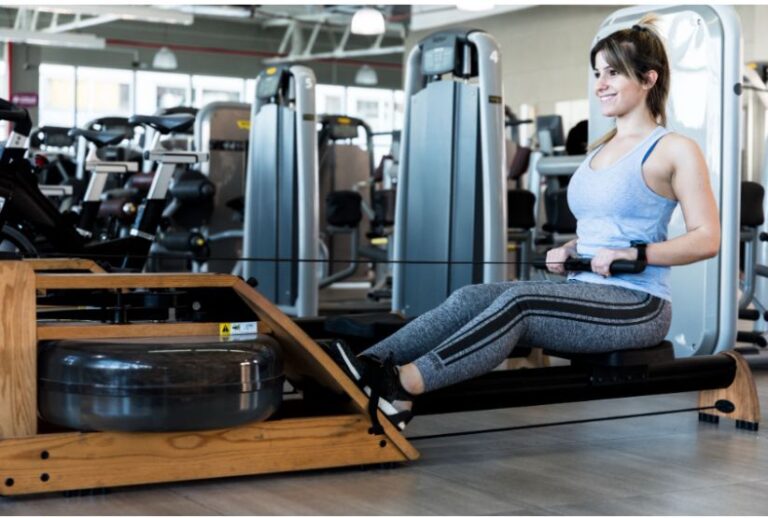Choosing the right gym equipment is key to building an effective and safe workout routine. Whether you’re at home or in a gym, the right tools help you exercise efficiently, build muscle, and improve cardiovascular health. This guide highlights essential gym equipment for strength training and cardio to support beginners and experienced athletes in reaching their fitness goals.
Strength Training Equipment
Dumbbells
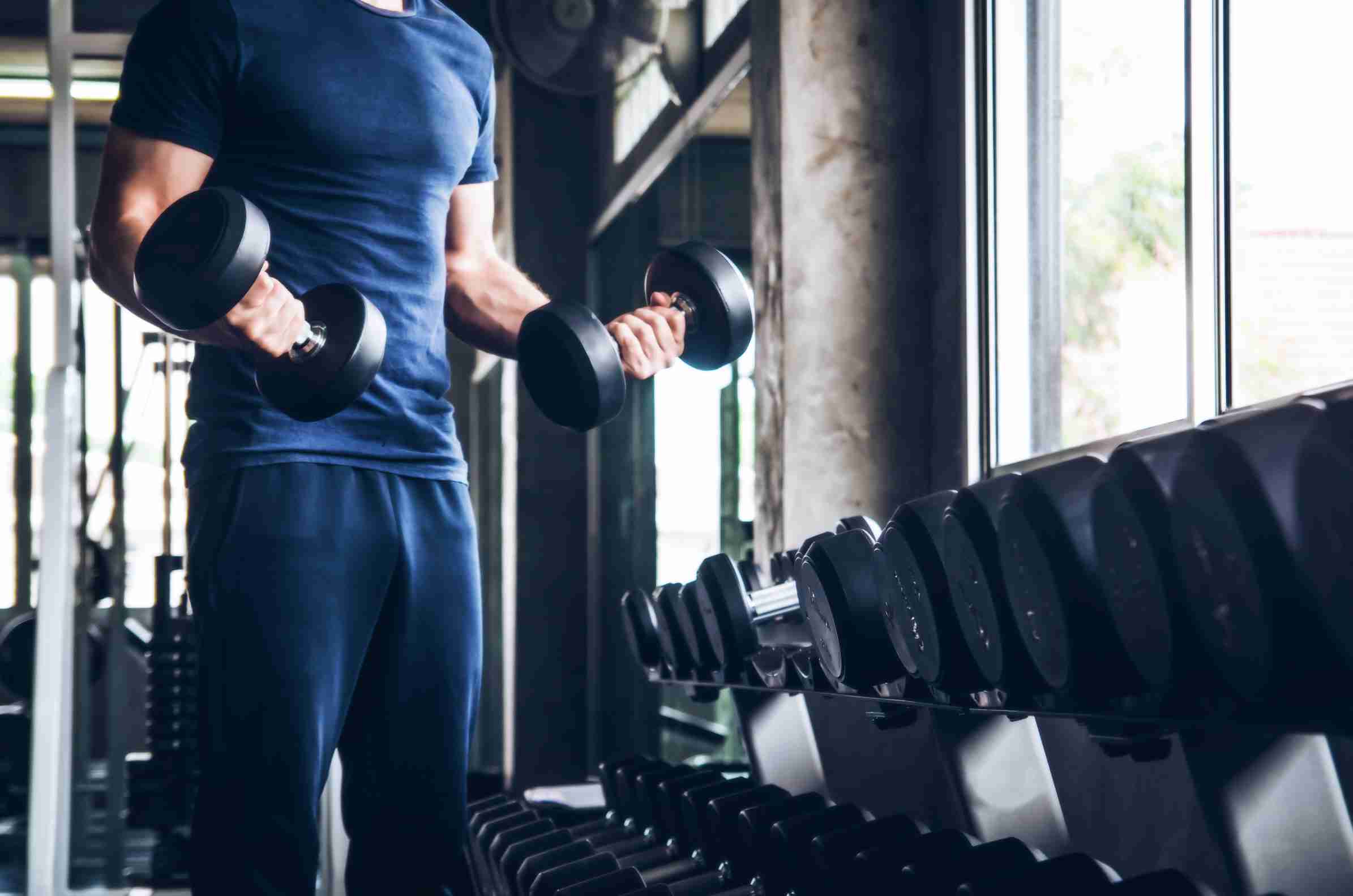
Dumbbells rank among the most versatile pieces of gym equipment available. These free weights allow for unilateral training, meaning you can work one side of your body at a time to address muscle imbalances and improve coordination.
The beauty of dumbbells lies in their ability to target virtually every muscle group. Upper body exercises like chest presses, rows, and shoulder raises become more challenging when each arm works independently. Lower body movements such as lunges, squats, and step-ups engage stabilizing muscles that machines often miss.
For home gyms, adjustable dumbbells save space while providing multiple weight options. Commercial gyms typically offer fixed-weight dumbbells ranging from 5 to 100+ pounds, allowing for progressive overload as you get stronger.
Barbells and Weight Plates
Barbells excel at compound movements that work multiple muscle groups simultaneously. Exercises like deadlifts, squats, bench presses, and rows form the foundation of most strength training programs because they build functional strength and muscle mass efficiently.
The barbell’s design allows you to lift heavier weights than dumbbells, making it ideal for progressive overload. Olympic barbells, which weigh 45 pounds and measure 7 feet long, are the gold standard for serious lifting. Weight plates come in various increments, typically starting at 2.5 pounds and going up to 45 pounds or more.
Safety should always be your top priority when using barbells. Always use proper form, warm up thoroughly, and consider using a spotter for heavy lifts, especially bench presses and squats.
Kettlebells
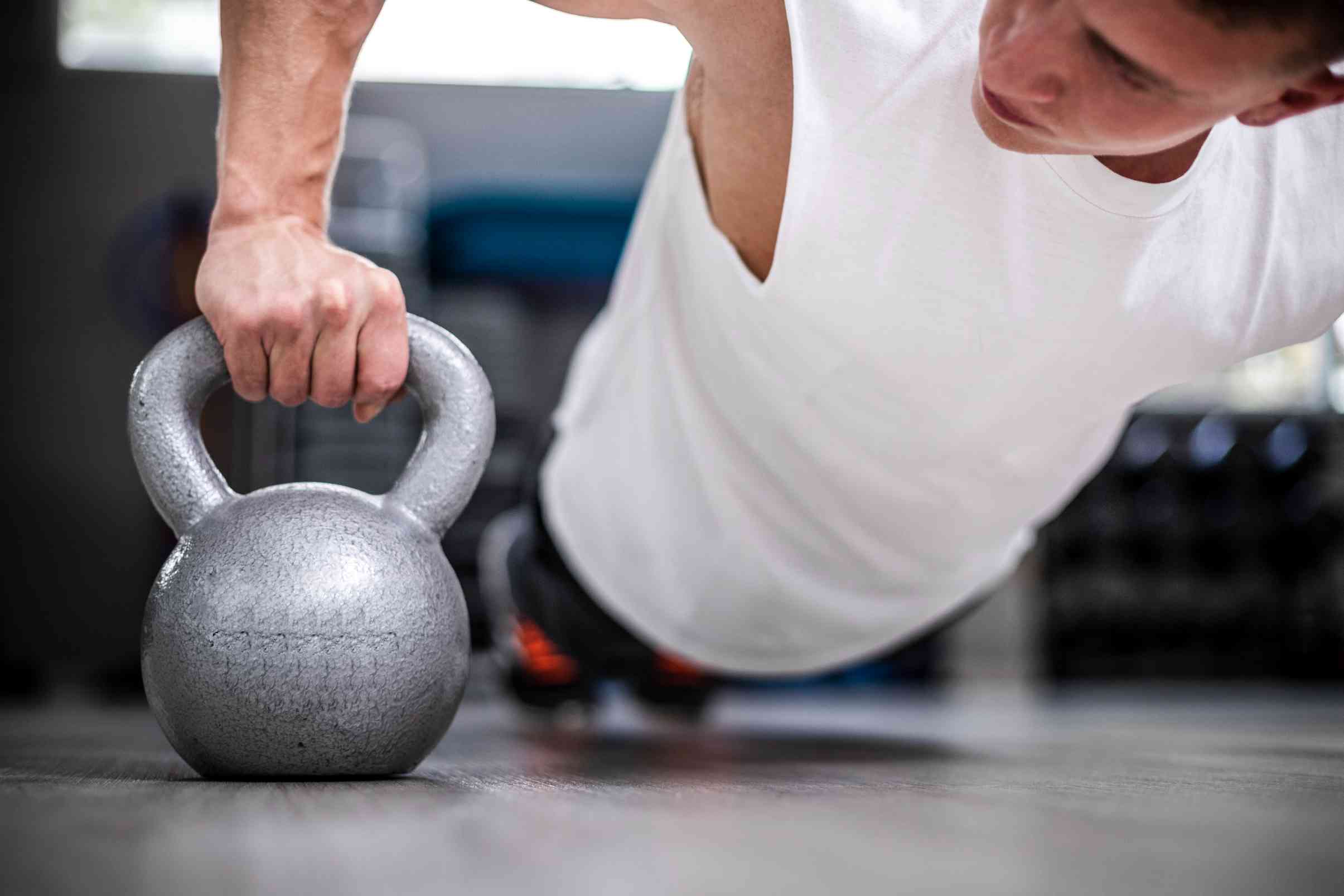
Kettlebells offer a unique training style that combines strength, cardio, and functional movement patterns. Their off-center weight distribution forces your core to work harder during exercises, improving stability and balance.
Popular kettlebell exercises include swings, Turkish get-ups, goblet squats, and clean-and-press movements. These dynamic exercises burn calories while building strength, making kettlebells excellent for time-efficient workouts.
Start with a moderate weight—women typically begin with 15-20 pounds, while men often start with 25-35 pounds. Focus on mastering proper form before increasing weight, as kettlebell exercises can be technically demanding.
Resistance Bands
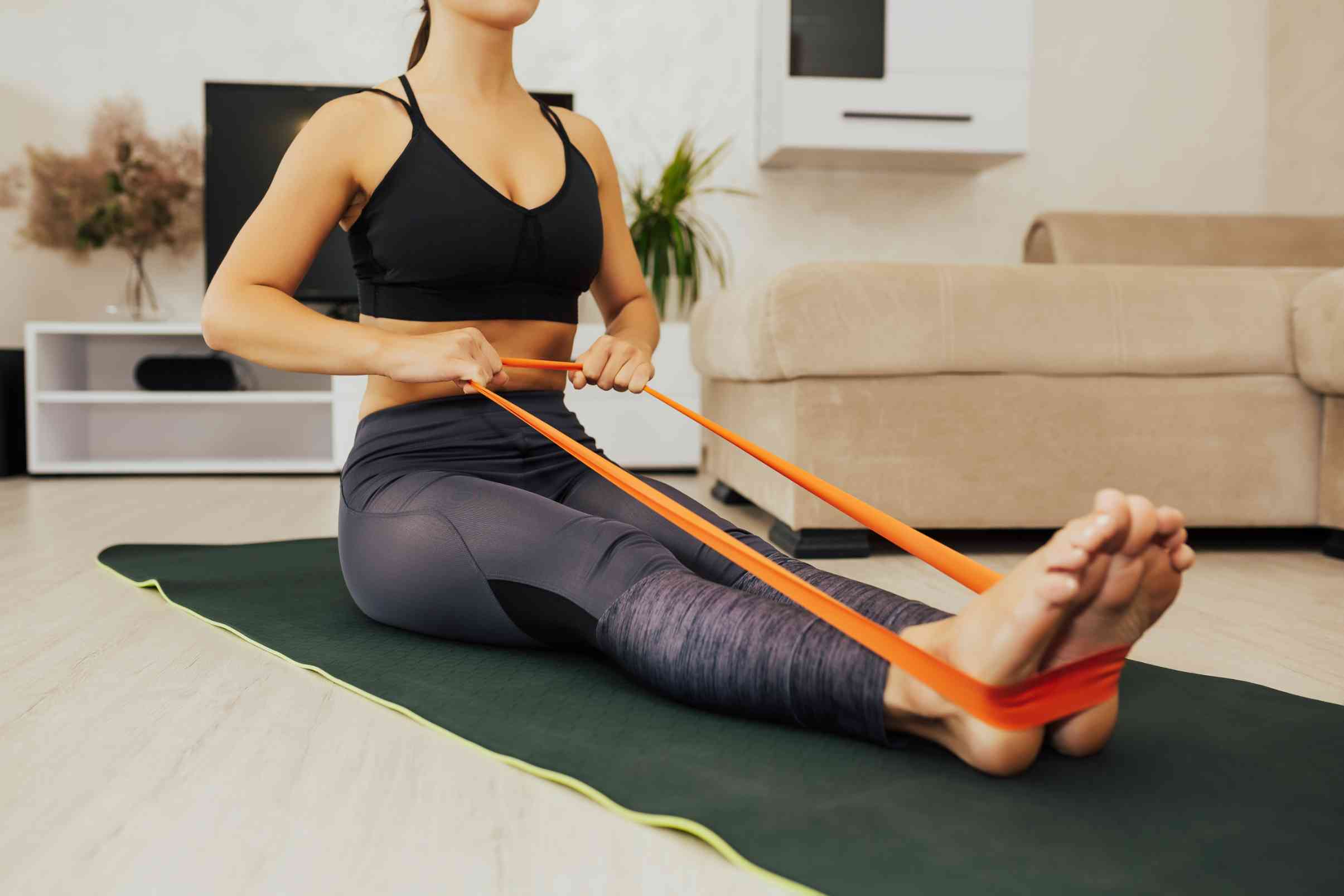
Don’t underestimate the power of resistance bands. These portable tools provide variable resistance that increases throughout the range of motion, offering a different training stimulus than traditional weights.
Resistance bands excel in rehabilitation settings, allowing for controlled movements that strengthen muscles without joint stress. They’re also perfect for assisted exercises—use them to help with pull-ups or to add resistance to bodyweight movements.
Their portability makes resistance bands ideal for travel or small spaces. A complete set takes up minimal room but can provide a full-body workout anywhere.
Pull-Up Bars
Pull-ups and chin-ups are among the most effective upper body exercises, targeting the lats, rhomboids, biceps, and core muscles. A pull-up bar opens up numerous exercise variations, from standard pull-ups to hanging leg raises for core strength.
If you can’t perform full pull-ups yet, use resistance bands for assistance or focus on negative reps (lowering yourself slowly). Doorway pull-up bars work well for home use, while commercial gyms often have dedicated pull-up stations with multiple grip options.
Weight Machines
While free weights should form the core of your strength training, machines serve important purposes. They provide stability and controlled movement patterns, making them excellent for beginners learning proper form or for isolation exercises targeting specific muscles.
Cable machines offer exceptional versatility, allowing for exercises at various angles and resistance curves. Leg press machines enable heavy lower body training without the technical demands of free weight squats. Lat pulldown machines help build the strength needed for pull-ups.
Use machines to supplement your free weight training rather than replace it entirely.
Cardio Equipment
Treadmills
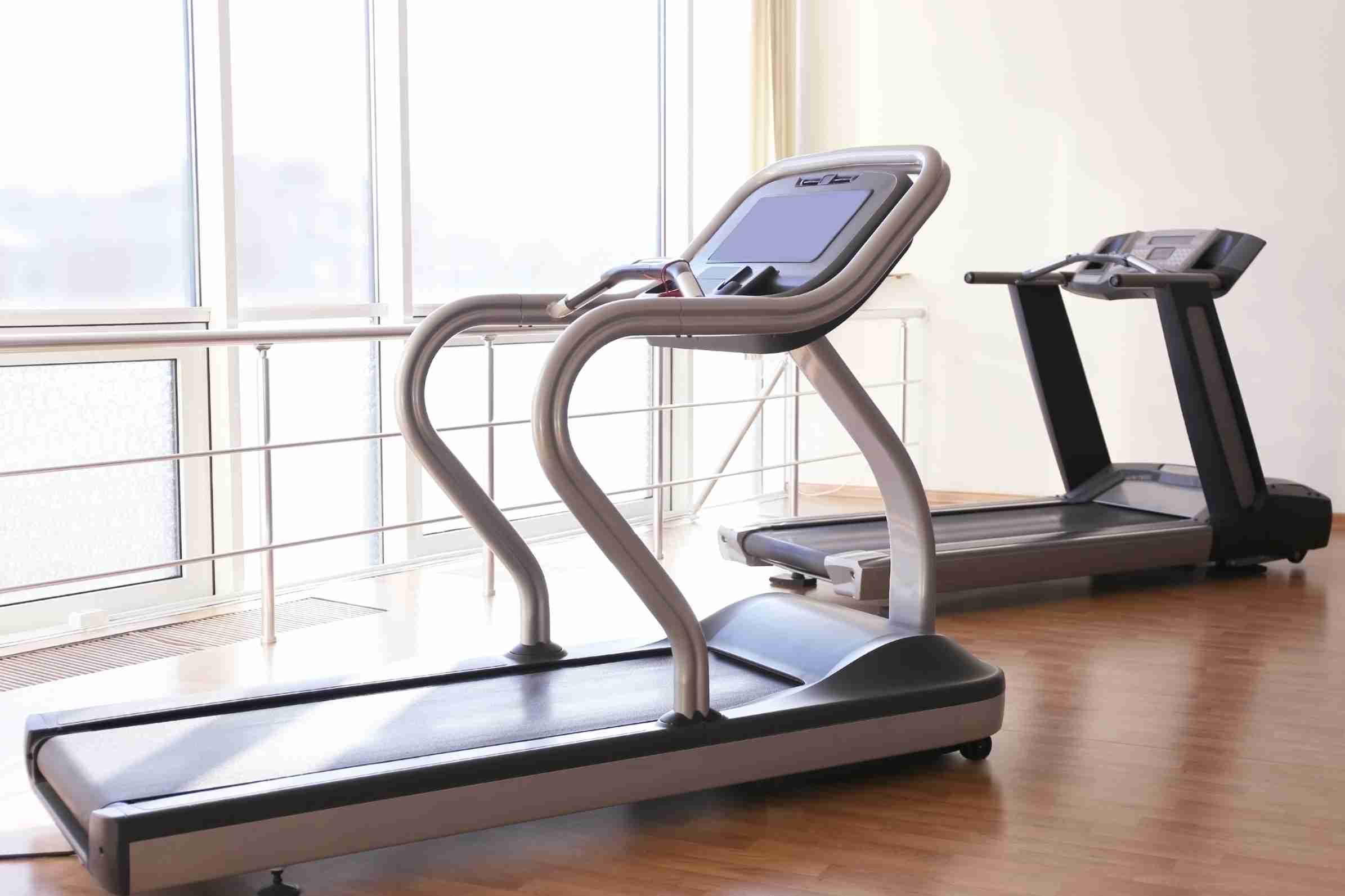
Treadmills remain the most popular cardio equipment for good reason. They accommodate all fitness levels, from walking to high-intensity running. Incline settings add intensity without requiring faster speeds, while interval programs keep workouts engaging.
Modern treadmills offer features like heart rate monitoring, pre-programmed workouts, and entertainment systems. The cushioned running surface reduces impact compared to outdoor pavement, making treadmills joint-friendly options for regular cardio.
Elliptical Machines
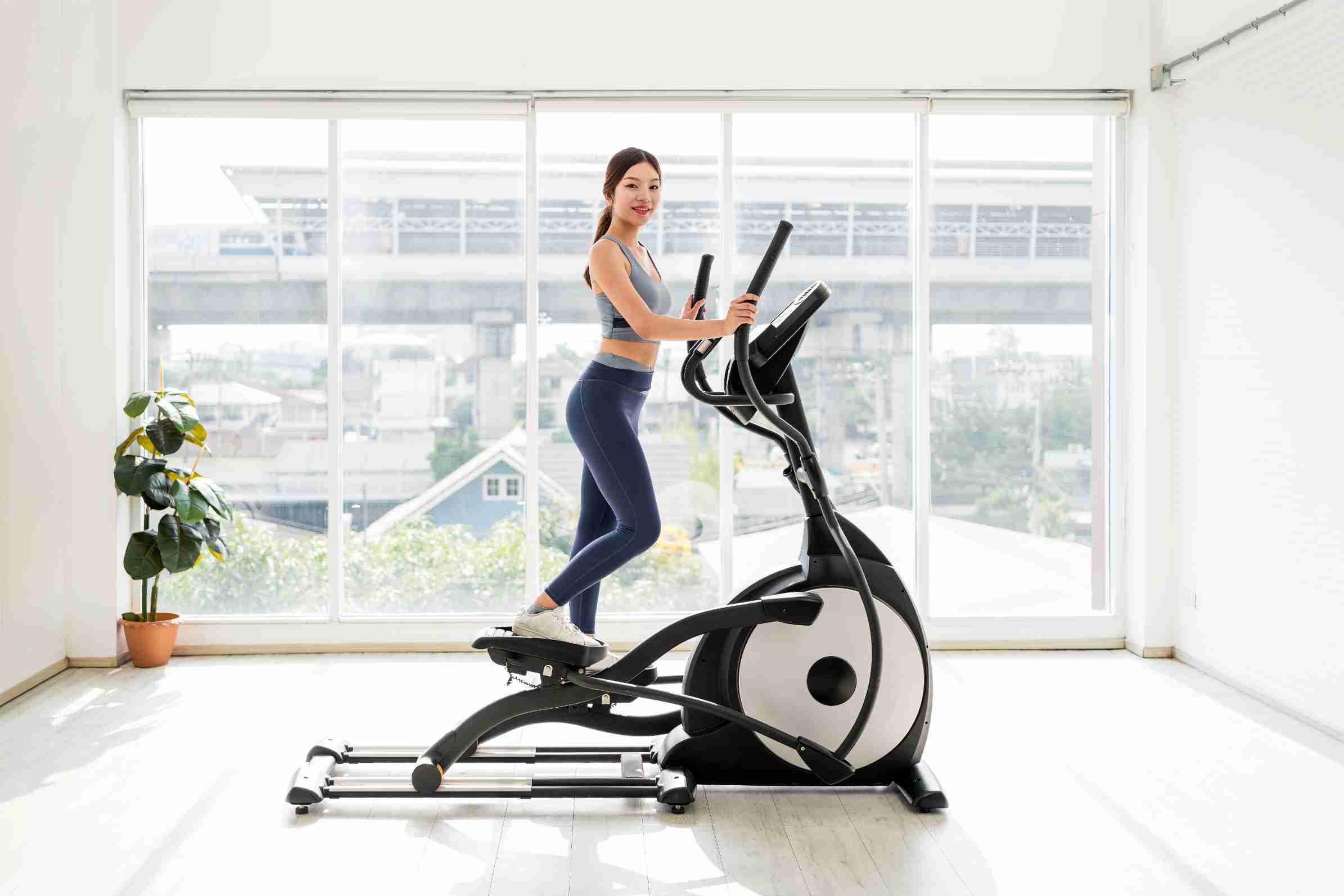
Elliptical machines provide excellent low-impact cardio workouts. The gliding motion reduces stress on knees and ankles while still delivering effective cardiovascular training. Many ellipticals include upper body handles, creating a full-body workout that burns more calories.
The adjustable resistance and incline settings allow for varied workout intensities. Reverse motion capability targets different muscle groups, particularly the glutes and hamstrings.
Stationary Bikes
Stationary bikes offer another low-impact cardio option that’s particularly beneficial for people with joint issues. Upright bikes mimic traditional cycling, while recumbent bikes provide back support for comfortable longer sessions.
High-intensity interval training (HIIT) works exceptionally well on stationary bikes. Alternate between high-resistance sprints and recovery periods for efficient fat-burning workouts. Spin classes have popularized this training style, combining music and instruction for motivating group workouts.
Rowing Machines
Rowing machines deliver total-body cardio workouts that engage approximately 85% of your muscles. The rowing motion works the legs, core, back, and arms in a coordinated movement pattern that builds both strength and endurance.
Proper rowing technique is crucial for effectiveness and injury prevention. The movement should be leg-driven, with your arms and back finishing the stroke. Many people make the mistake of leading with their arms, which reduces efficiency and increases injury risk.
Jump Ropes
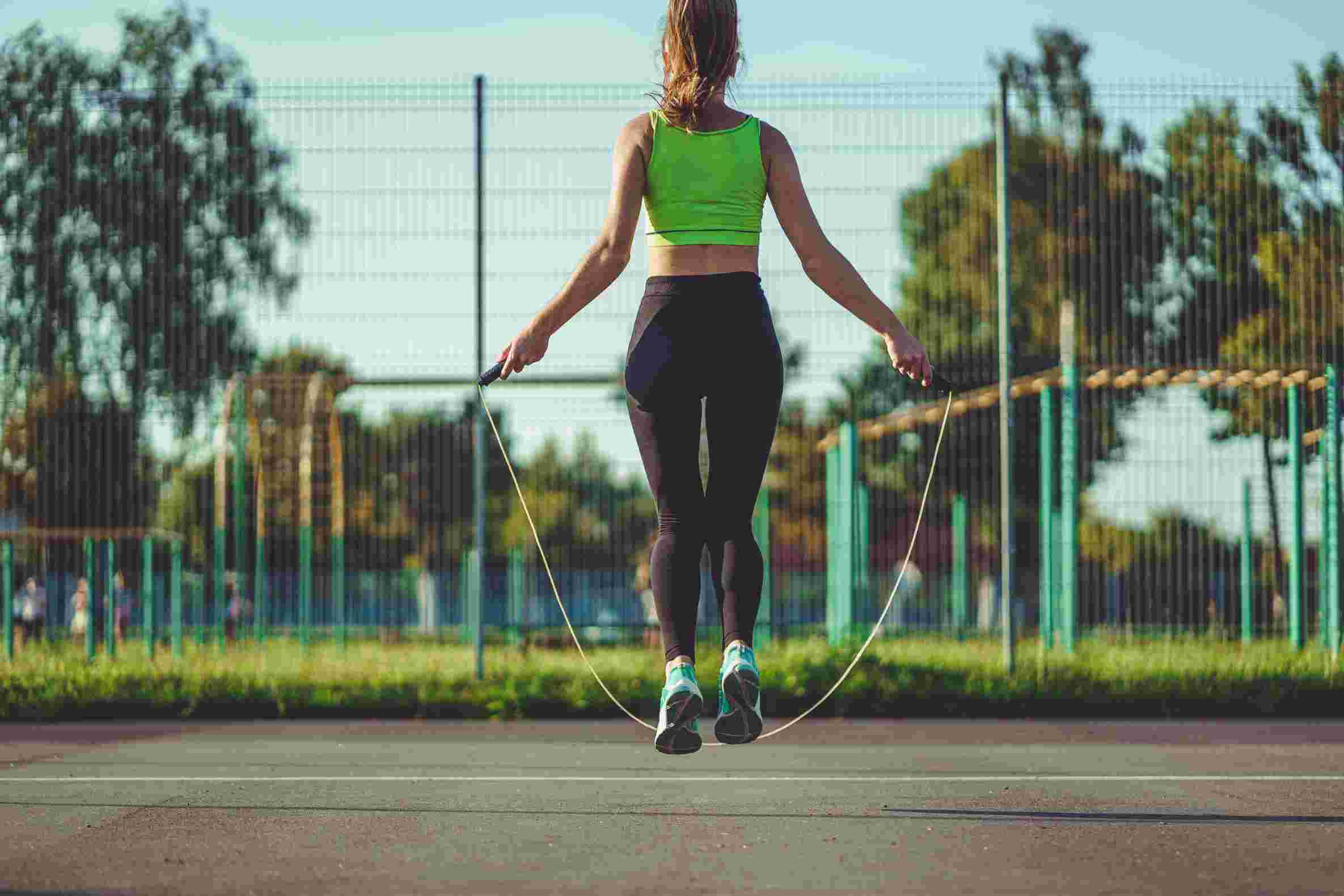
Jump ropes might seem simple, but they provide incredibly effective cardio workouts. This high-intensity exercise burns calories quickly while improving coordination, agility, and bone density.
Various jumping styles keep workouts interesting—try alternating feet, double unders, or side-to-side movements. Jump ropes are extremely portable and cost-effective, making them perfect additions to any fitness routine.
Additional Equipment
Yoga Mats
Every gym needs yoga mats for stretching, warm-ups, and cool-downs. Quality mats provide cushioning for floor exercises and grip for yoga or Pilates movements. They also define your personal space in group fitness settings.
Look for mats with adequate thickness (6mm is typical) and non-slip surfaces. Easy cleaning and portability are also important factors to consider.
Foam Rollers
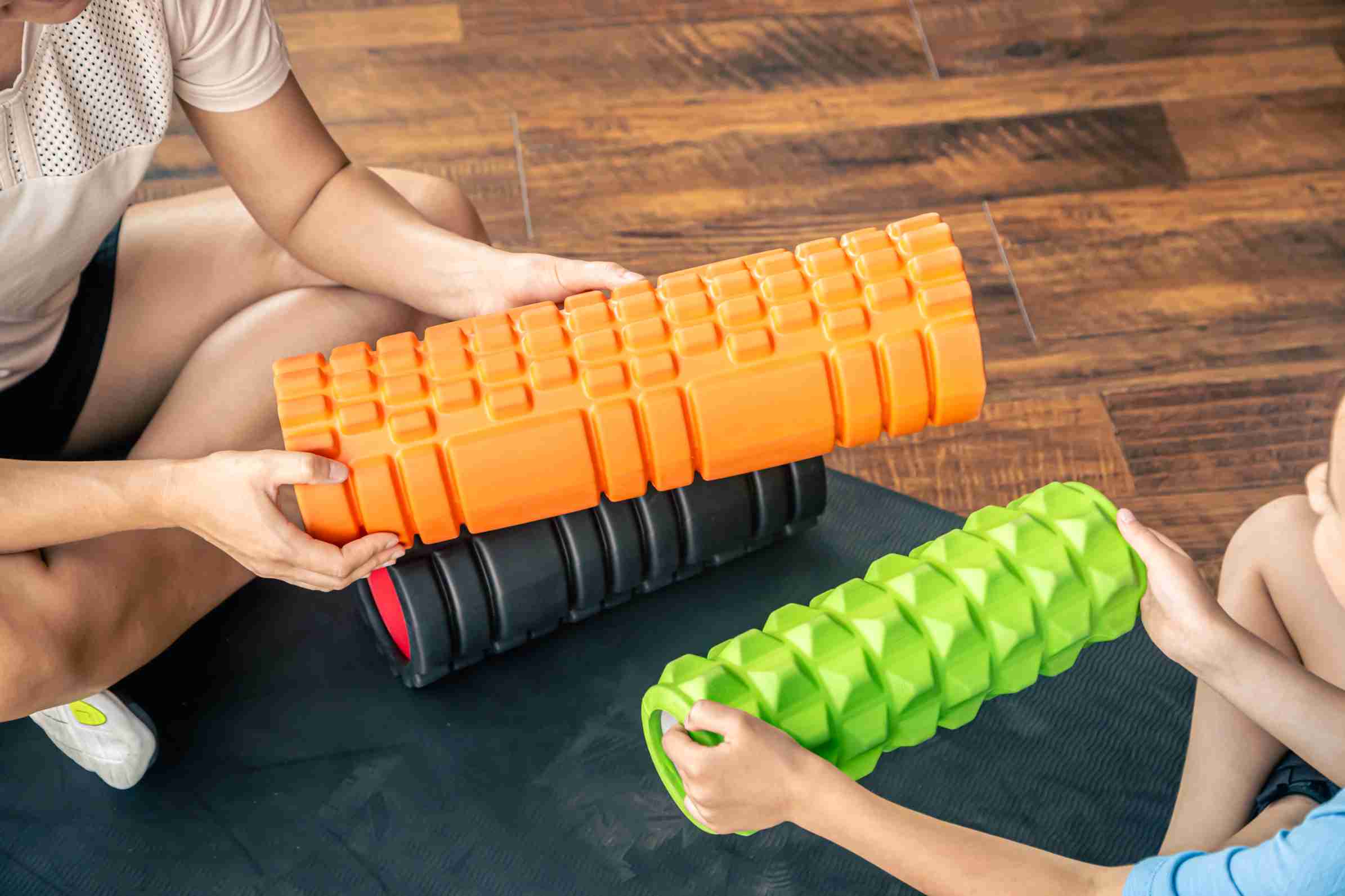
Foam rollers have become essential recovery tools in modern fitness routines. Self-myofascial release through foam rolling helps reduce muscle tension, improve flexibility, and speed recovery between workouts.
Use foam rollers on major muscle groups like quadriceps, hamstrings, calves, and IT bands. Roll slowly and pause on tender spots, allowing the pressure to help release muscle knots and adhesions.
Exercise Balls
Exercise balls, also called stability balls, challenge your core stability during traditional exercises. Push-ups on an exercise ball, for example, require significantly more core engagement than floor push-ups.
These versatile tools also serve as benches for dumbbell exercises, adding an stability challenge that strengthens smaller stabilizing muscles often neglected in traditional training.
Setting Up Your Gym Space
Creating an effective workout space requires careful consideration of your goals, space, and budget. Start by identifying your primary fitness objectives—strength building, weight loss, or general fitness—then prioritize equipment accordingly. Even simple setups can work wonders if paired with smart routines, and that’s where tips like lazy girl workout hacks come in handy for maximizing results with minimal effort.
Space constraints often determine equipment choices. Adjustable dumbbells, resistance bands, and kettlebells provide maximum versatility in minimal space. If you have more room, consider larger pieces like treadmills or cable machines.
Budget wisely by investing in quality basics first. A good set of dumbbells and a pull-up bar can provide months of effective workouts while you save for additional equipment. Used equipment often offers excellent value, but inspect it carefully for safety and functionality.
Safety and accessibility should guide your equipment arrangement. Ensure adequate space around each piece of equipment and keep heavier items easily accessible to prevent injury during setup.
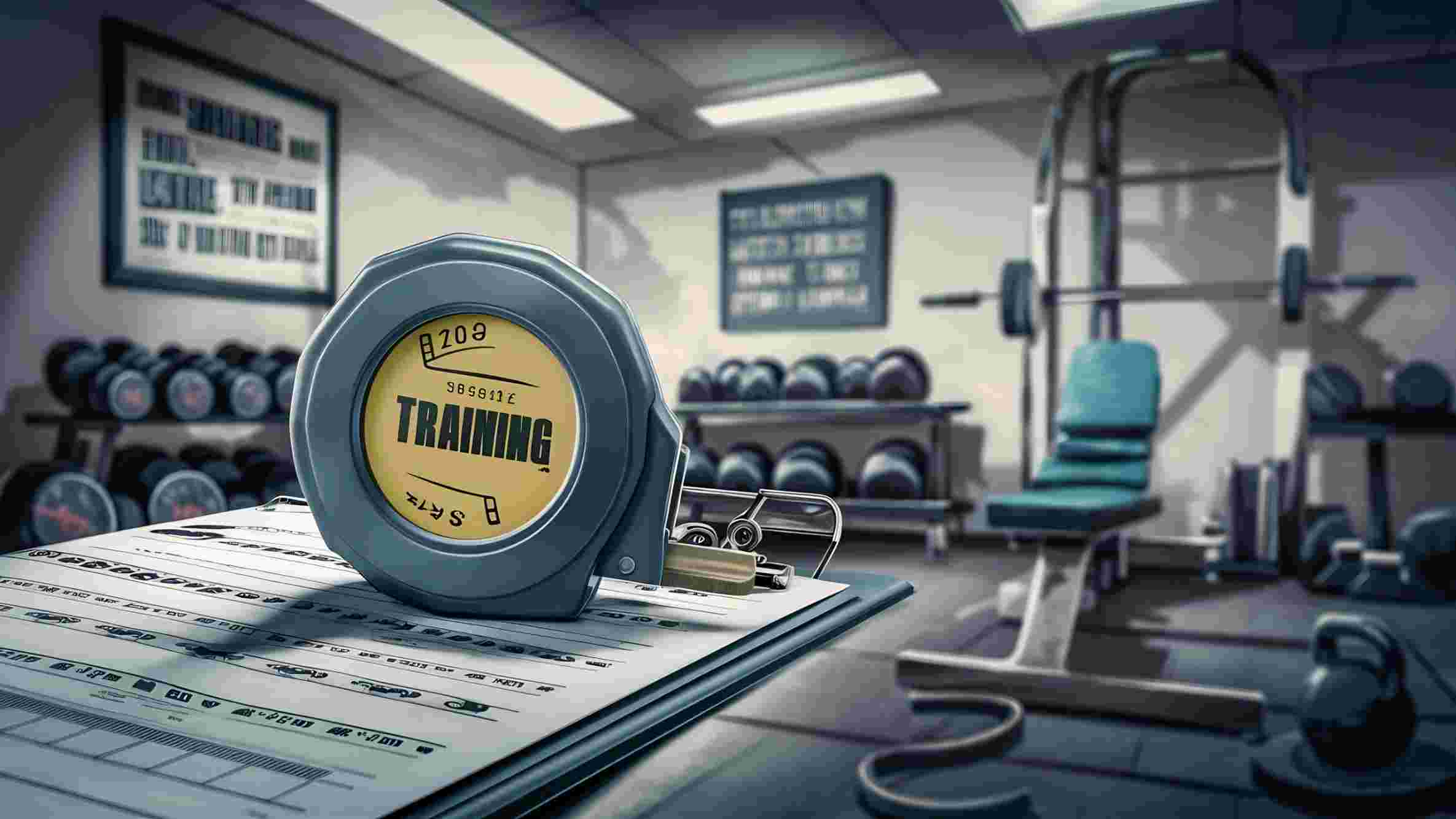 Gym Options
Gym Options
You don’t necessarily need to own all this equipment. Commercial gyms provide access to extensive equipment varieties without the upfront investment. Many people find the gym environment motivating and appreciate having personal trainers like those in Lehi available for guidance and accountability.
Home gyms offer convenience and privacy but require more initial investment and space. Consider your lifestyle, budget, and preferences when deciding between home and commercial gym options.
Conclusion
Choose quality, versatile gym equipment that fits your fitness level and goals. Focus on consistency, durability, and proper form to support your long-term wellness journey.

